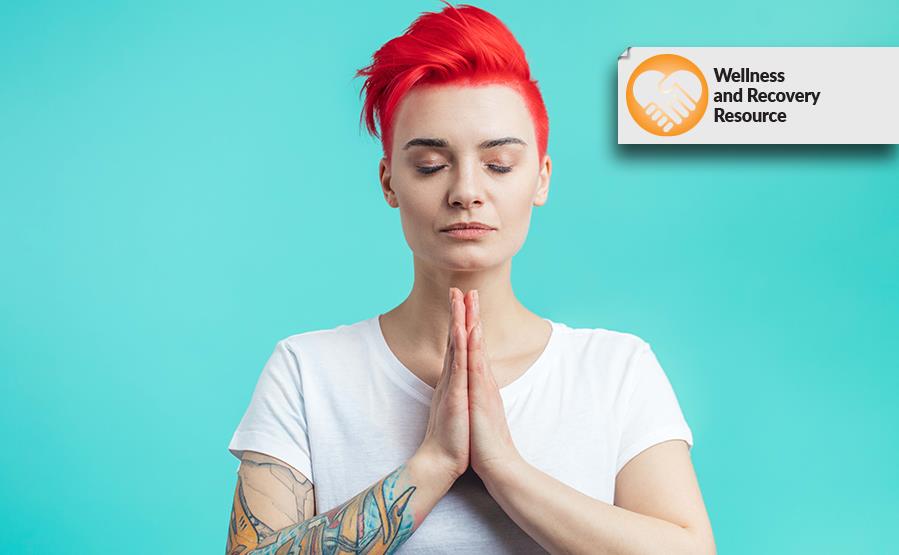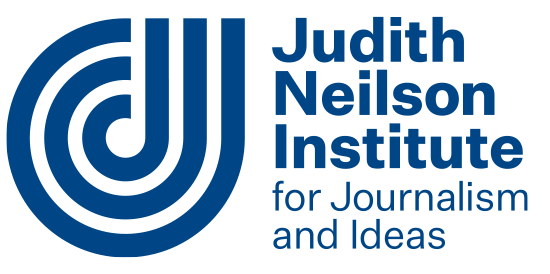Meditation is often held up as the tool for mental wellbeing for artists. We are frequently urged to develop our mindfulness through regularly focusing on our breath and scanning our bodies.
The thing is, I did a ten-day meditation retreat, in India, in Igatpuri, the home of the Vipassana movement, well before Elizabeth Gilbert ate, prayed and loved her way around the world. I spent the entire time trying not to itch my scalp (and failing).
I wish I loved meditation. I also wish I loved kale.
One thing I did learn from 100 hours of sitting and trying not to fall asleep: the mindful person knows and accepts their limitations. I am tired of feeling that if I could just get on top of my meditation practice, I would be a better artist, better mother: I would finally be, as Oprah says, my best self.
So I have applied my middling self to the task of researching how to access the benefits of meditation without actually having to, you know, meditate.
As mindfulness expert and artist Sherre DeLys explains, meditation cultivates the ability to observe yourself and others in a less-judgmental, more neutral way. With practice this can become a position of benevolence, which can develop into an attitude of deep compassion for yourself and others. This can allow you to silence the inner critic, get the words on the page, the paint on the canvas, the body into motion.
Even if you are not a regular meditator, you can engage in micro-moments of mindfulness (I am going to call these ‘mmms’. Let’s see if we can make this acronym really take off.) ‘mmms’ undermine the agenda of your everyday routines, reminding you of what sociologists Ann Game and Andrew Metcalfe call the ‘time of the gift’, a space which artists enter into where judgment is suspended, the mind is curious without being anxious, and you can absorb yourself in process rather than product.
Giving yourself the time of the gift
Sociologist Robert Bellah wrote that ‘one of the first things to be noticed about the world of daily life is that nobody can stand to live in it all the time.’ Humans stay sane by flowing in and out of the gift-space of creativity, the place of possibility and mystery. We operate dually in what psychologist Abraham Maslow described as ‘D-cognition’ and ‘B-cognition’. D-cognition is a deficit cognition: a mode of being in the world which is about survival and scarcity, in which we don our social masks and get to work with the serious business of life. B-cognition is being cognition: a state of being which is outside of clock time, in which all is connected and the awareness of this is central, without being possessive or insistent.
This mode of being is what Jesuit priest and philosopher Richard Rohr would call deep time, and which First Nations Australians might recognise as The Dreaming, or which Kabbalists might describe as humans raising the sparks of consciousness as we co-create the unfolding universe. It is the playful, generative space in which people give-and-receive without debt or loss; in which gratitude is expressed not through repayment but through celebration and co-creation.
Descartes was wrong – our minds are not separate from our bodies. Our minds are made of meat. Micro-moments of mindfulness slide us back into our skin. We become the organisms that we are. Mega-meditator and Buddhist monk, Thich Nhat Hanh, offers a few simple mmms to access this type of reality without having to meditate. When the phone pings, don’t pounce on it to see if it is your agent with a six-figure book deal for your debut manuscript. Instead, take a micro-second to think, ‘Listen, listen. This beautiful sound calls me back to my true self.’ He suggests that when you come to a red traffic light, after you smack the steering wheel in annoyance (or before you smack it, if you are getting really skilful), take a micro-second to think, ‘Thanks to this light, I have a moment to remember how this crazy-wonderful, you know, life.’
Daily mmms to make the moment
Here are a few more methods that require, respectively: a smartphone; a loo; a tea bag and/or a chocolate biscuit:
- You could set an alarm on your phone to go off at random moments during the day. When you hear it, breathe in and say something simple, like, ‘Now. Now. Now.’
- You could download an app like the No Lights No Lycra app, which prompts you to take a short dance break, releasing you from your everyday grind (the app also has a cool feature where you can see how many other people are shaking their booty at the same time as you all around the world).
- When you wash your hands, you could tune into the sensation of the tap water rushing over and around your palms. Is it cold? Is it splattery? Is the fact you are doing this after you’ve just been to the loo making you giggle a little at yourself?
- You could pause as you jiggle the tea bag in the mug, or take a bite of your afternoon chocolate biscuit, and tune in to the sounds around you – the cackle of a bird, the rattle of a window frame, the sound of a car door slamming.
These mmms have three elements in common: they only take a micro-second; you can do them as you go about your day; and they involve the acts we engage in regularly – eat, drink and visit the amenities (obviously not simultaneously). There is a reason that world religions institute regular prayers, and it’s not just social control. As humans, we forget; we slip into the D-cognition of survival mode. We need reminders so that we re-connect with mystery.
What is something you do every day regularly enough that you could use it as a reminder to pause, a moment of awareness in which you become viscerally and emotionally (rather than just intellectually) present to the absolute wonder of life? You don’t have to be a regular, committed meditator to access moments of grace.
For artists, mmms are particularly important. We need to constantly re-connect with the creative energy which keeps us curious and makes us feel alive. Without access to the creative well, we quickly burn out, running ourselves into the ground and isolating ourselves from others even without the excuse of a pandemic.
This article is based on Jackie’s work-in-progress manuscript, Spirituality for Non-Religious People.
The Wellness and Recovery Resource is supported by the Judith Neilson Institute for Journalism and Ideas.






